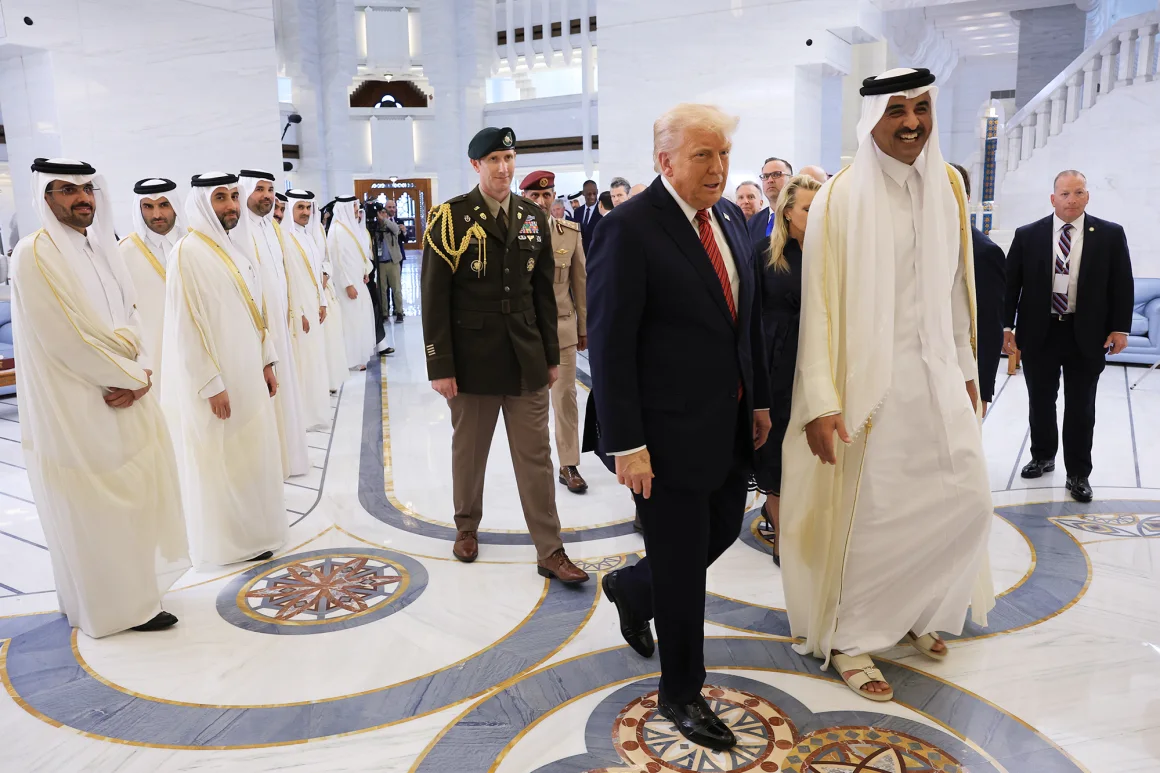The recent whirlwind tour by President Donald Trump through the heart of the Gulf – Saudi Arabia, Qatar, and the United Arab Emirates – wasn’t just a diplomatic exercise; it was a calculated move reshaping the geopolitical landscape of the Middle East. While headlines focused on business deals and renewed “friendships,” beneath the surface lay a complex web of strategic realignment, driven by shifting alliances and the burgeoning influence of Artificial Intelligence.
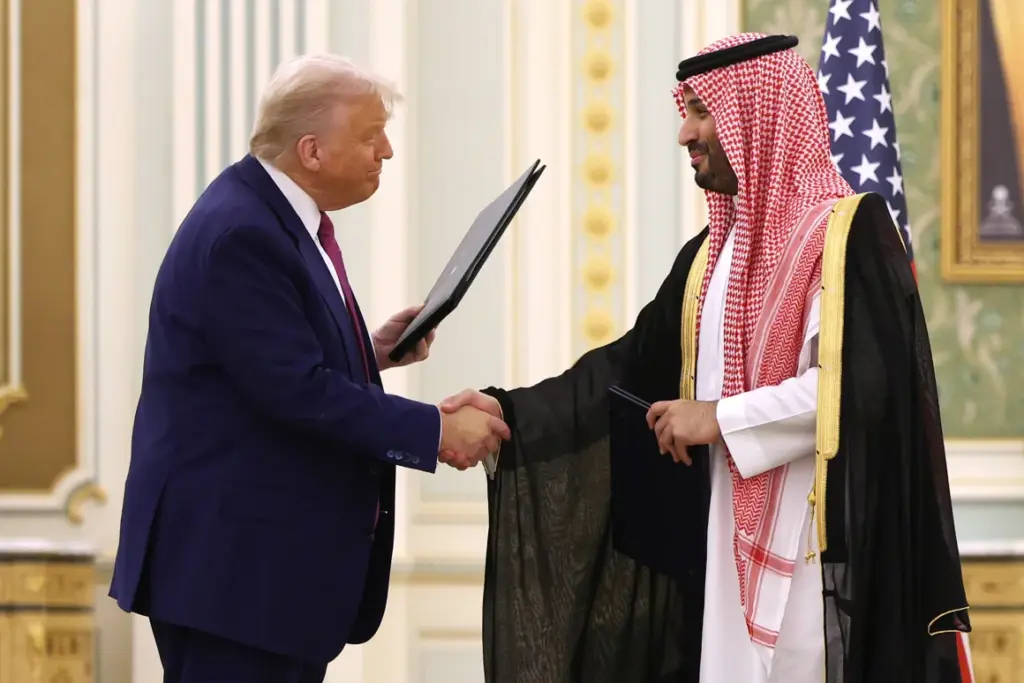
Saudi Arabia: A Closer Embrace
Saudi Arabia, eager to demonstrate its renewed commitment to the US, secured significant gains. While a formalized security agreement – the kingdom’s initial ambition – didn’t materialize, the intense discussions surrounding it signaled a dramatically improved relationship. The landmark defense and trade pact, though stalled, paved the way for a series of arms deals, including a staggering $142 billion partnership. Perhaps most crucially, the visit brought Riyadh closer to a potential security guarantee, particularly concerning the nation’s proximity to Iran. As President Trump emphasized, “This country in particular, because you’re right next door, you’re a stone’s throw away, not even, right? You can walk right into Iran.”
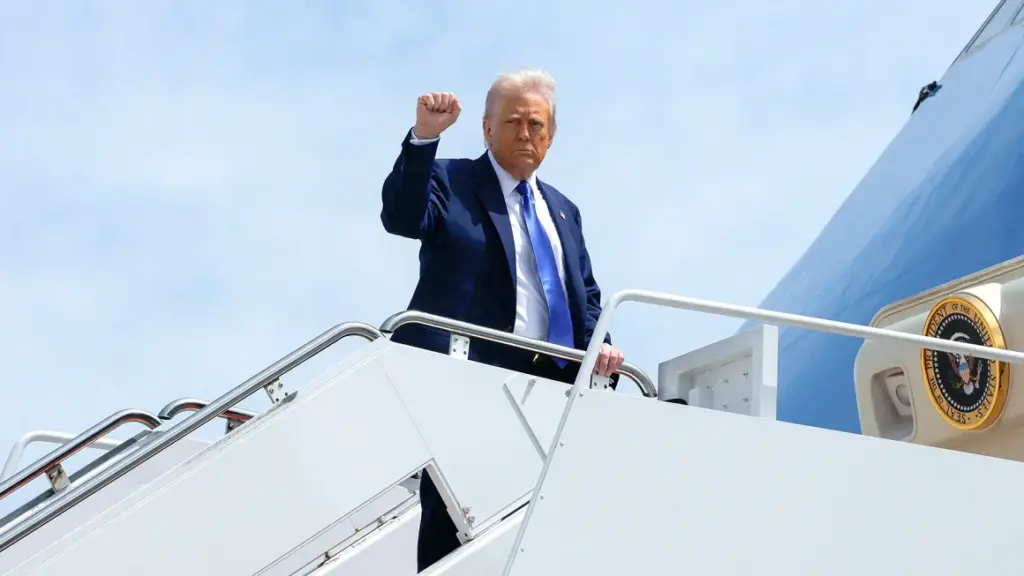
Qatar: Security and Strategic Alignment
Qatar, a longtime US security partner, received a vital boost with security assurances from President Trump, solidifying its position as the Gulf nation with the most formalized security ties with Washington. The nation also secured a $96 billion agreement to purchase up to 210 American-made Boeing planes, further cementing the strategic alliance.
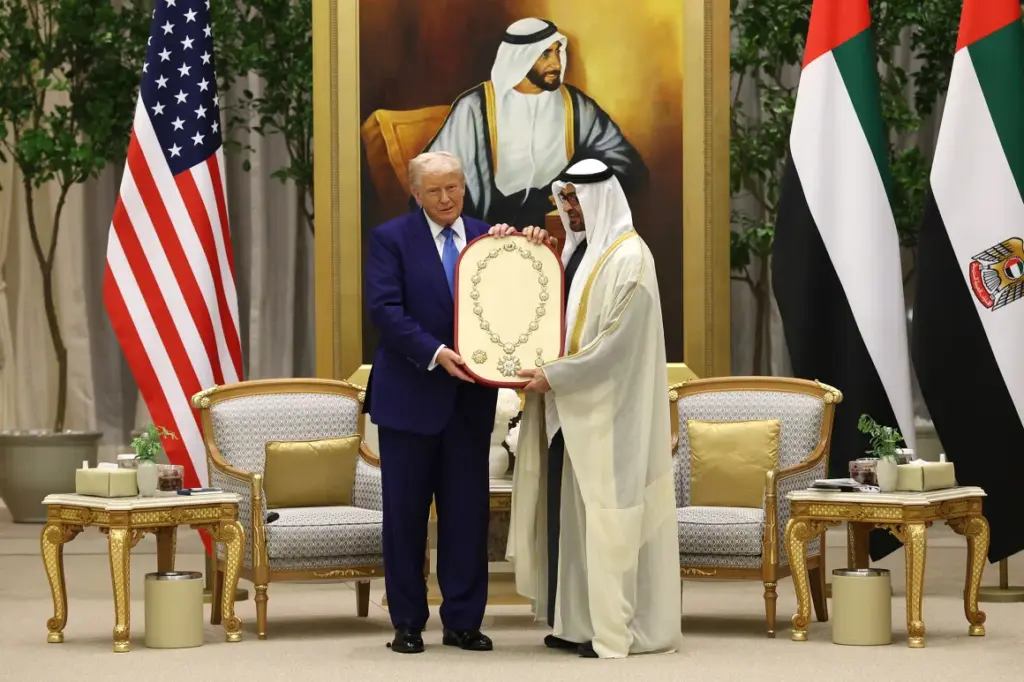
The UAE: Investing in the Future – and AI
The United Arab Emirates’ primary objective was to deepen investments in Artificial Intelligence. The announcement of a massive data center complex in Abu Dhabi – boasting 5 gigawatts of capacity – aimed to catapult the UAE to a global leadership position in AI. This ambitious project, potentially requiring over 2 million NVIDIA B300 chips, highlights the UAE’s strategic vision for the future. Interestingly, a preliminary agreement is reportedly moving forward to ease the import of cutting-edge AI semiconductors, a significant win given the US’s previous restrictions on exporting advanced technology to China.
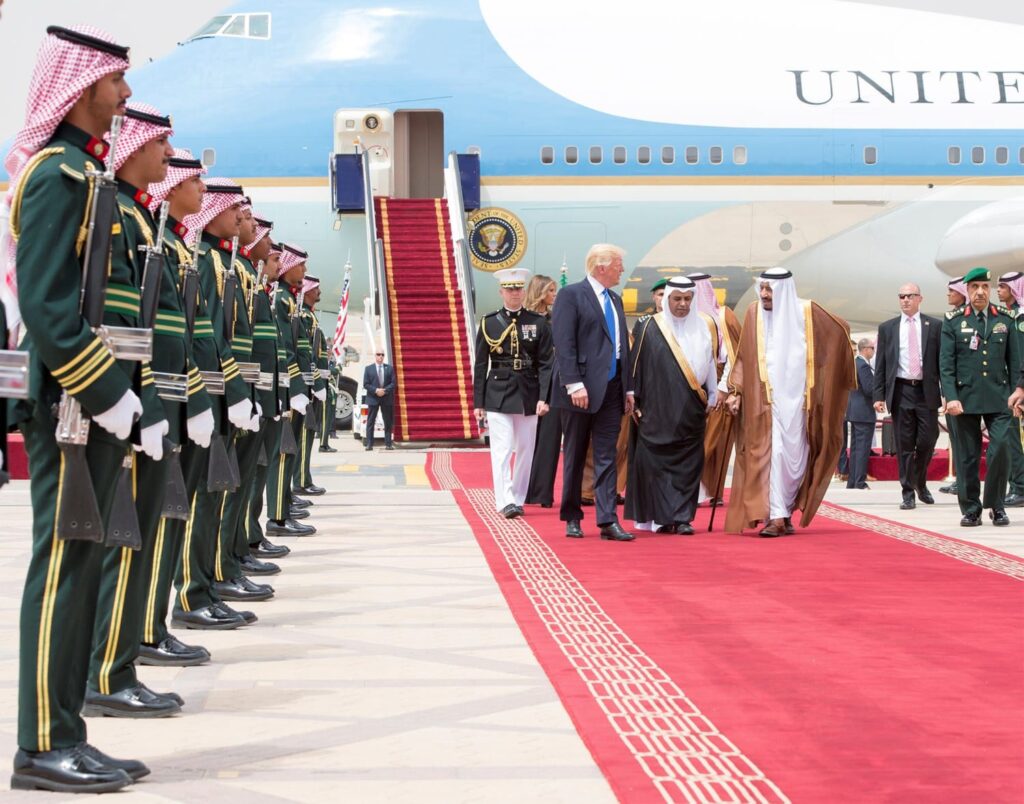
A Dangerous Game? The Rise of AI and Potential Exploitation
However, beneath the surface of these deals lies a critical concern: the potential for AI to be weaponized. The rapid advancements in AI technology, coupled with the strategic ambitions of these Gulf states, raise serious questions about security. The ability to develop and deploy sophisticated AI systems – particularly in areas like surveillance, autonomous weapons, and cyber warfare – could dramatically alter the balance of power in the region. The concentration of AI development in the hands of nations with potentially unstable political climates presents a significant risk.
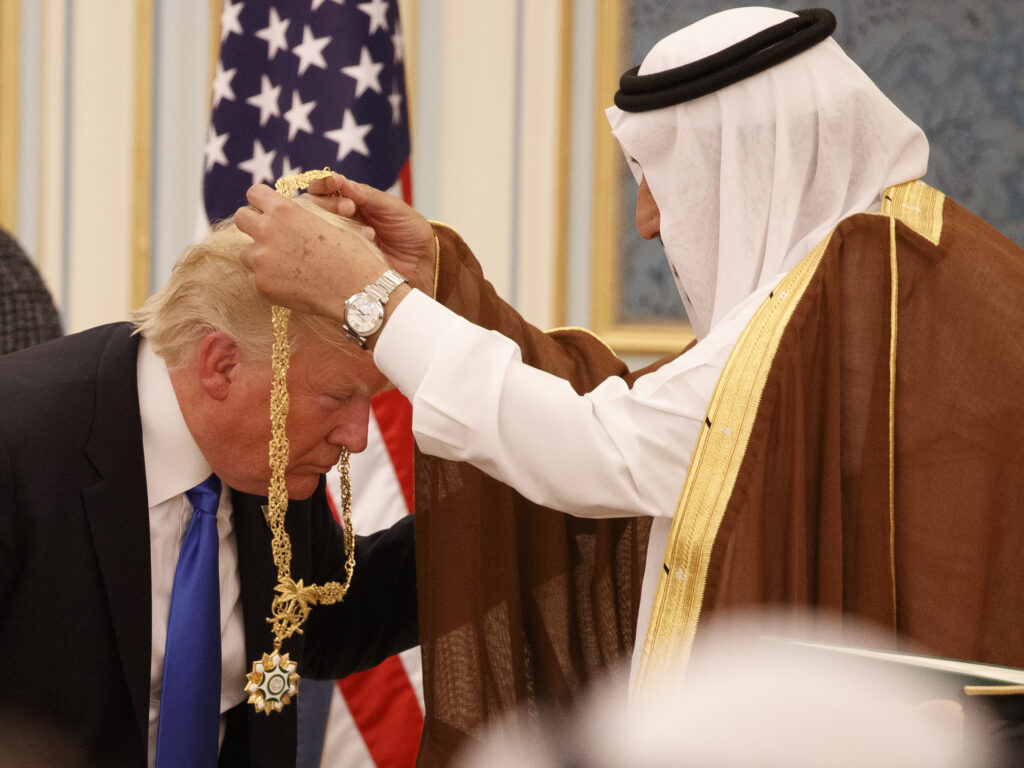
Shifting Alliances and a New Era
President Trump’s tour represents a clear shift in US foreign policy towards the Gulf. It’s a move away from a transactional oil-for-security understanding towards stronger, more bilateral partnerships. The renewed confidence expressed by the Gulf states – particularly the UAE – suggests a willingness to engage with the US on a wider range of issues, including AI.
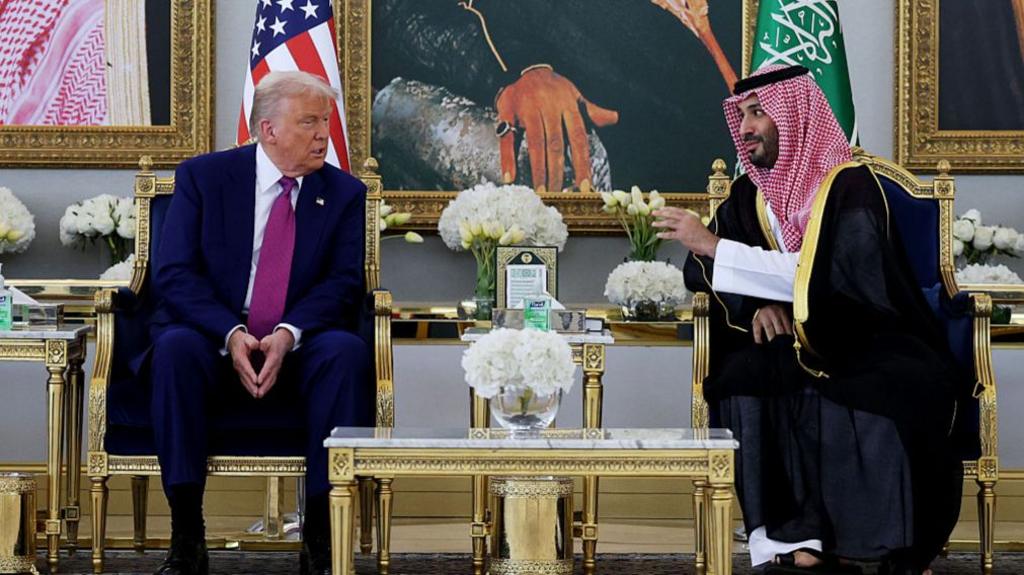
Looking Ahead
The long-term implications of this renewed engagement remain to be seen. However, one thing is clear: the Middle East is entering a new era, one shaped by technological innovation, shifting alliances, and the ever-present potential for exploitation. The success – or failure – of this new dynamic will have profound consequences for global security.
Sourced from https://www.cnn.com/
Additional Details:
Related Article: AI Power Shift: Nvidia Sends 18,000 Blackwell Chips to Saudi Arabia
Related Article: Trump’s Bold Move: The Uncertain Future of Syria
